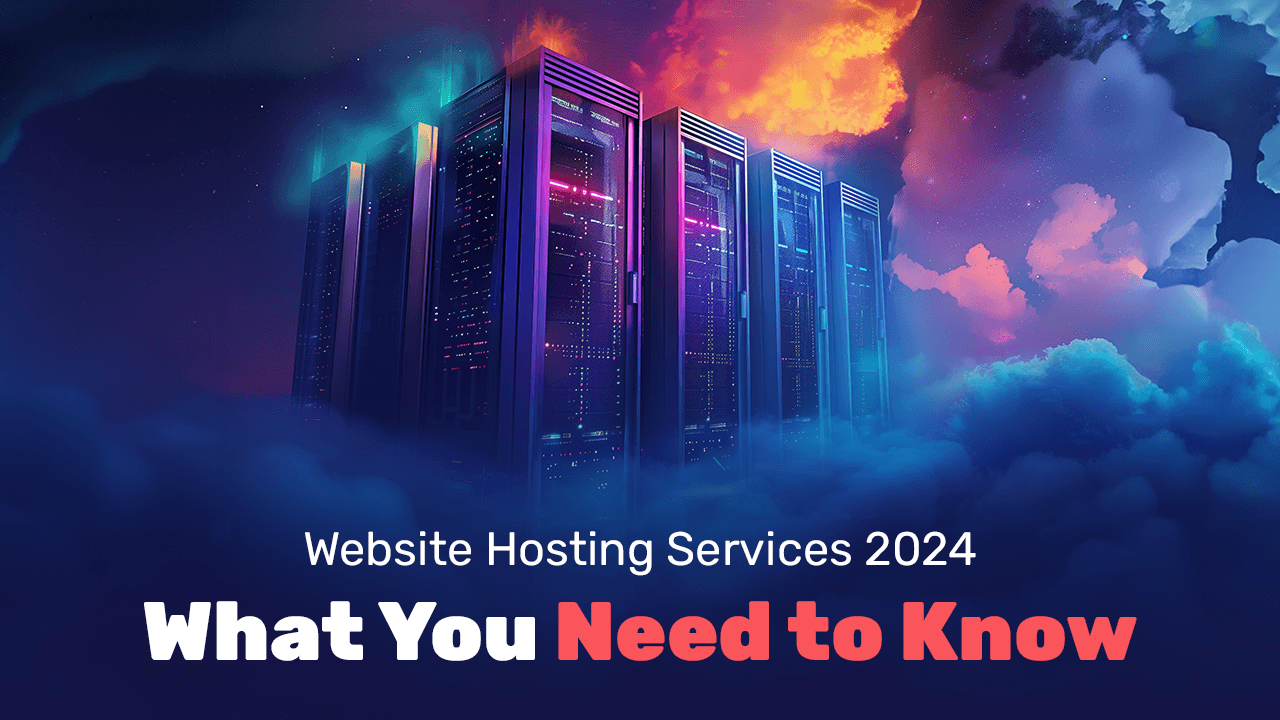As the digital landscape continues to evolve, choosing the right website hosting service has become more critical than ever. In 2024, businesses need fast, reliable, and secure hosting solutions to ensure their websites perform optimally. In this guide, we’ll cover the latest trends in website hosting and key factors to consider when selecting a hosting provider.
1. Speed and Performance
In 2024, website performance is one of the top priorities for businesses. A fast-loading website improves user experience, boosts search engine rankings, and reduces bounce rates. When choosing a hosting provider, prioritize companies that offer cutting-edge technology such as SSD storage, CDN integration, and optimized server configurations to ensure quick load times. Speed is not just a nice-to-have; it’s a necessity.
2. Security Features
With cyberattacks becoming more sophisticated, website security should be at the forefront of your decision-making process. Look for hosting services that offer robust security features such as SSL certificates, DDoS protection, firewalls, and regular backups. Additionally, many hosting providers now offer managed security services, where they handle monitoring and threat mitigation, giving you peace of mind.
3. Scalability
As your business grows, so should your website. In 2024, scalable hosting solutions are a must. Whether you’re running a small eCommerce site or a large enterprise platform, your hosting provider should offer flexible plans that allow for easy upgrades in storage, bandwidth, and other resources. Cloud hosting has become increasingly popular for its scalability, allowing businesses to adjust resources as needed without downtime.
4. Customer Support
When issues arise, you’ll need quick and reliable support from your hosting provider. In 2024, 24/7 customer service has become the standard, with most top providers offering live chat, phone, and email support. Make sure the hosting service you choose has a strong reputation for customer support and offers various ways to get in touch with them in case of emergencies.
5. Pricing and Value for Money
While pricing is always a consideration, it’s important to focus on the value you’re getting for your investment. In 2024, many hosting companies offer bundled packages that include additional features such as free domain registration, SSL certificates, and website building tools. When comparing providers, weigh the cost against the features offered to ensure you’re getting the best deal for your business.
6. Eco-Friendly Hosting
As environmental concerns grow, many businesses are looking for ways to reduce their carbon footprint, including in their web hosting choices. In 2024, eco-friendly hosting solutions have become more prominent, with providers offering green hosting options powered by renewable energy. If sustainability is important to your brand, consider partnering with a hosting service that prioritizes eco-friendly practices.
7. Ease of Use
A hosting service that’s easy to manage can save you significant time and effort. In 2024, many providers offer intuitive control panels, one-click installations for popular CMS platforms like WordPress, and automated updates. Look for a hosting service that simplifies the technical side of running a website, so you can focus on growing your business.
8. Data Center Locations
The proximity of your hosting provider’s data centers to your target audience can impact website load times. Hosting services with a global network of data centers can ensure faster access for users regardless of their location. In 2024, it’s a good idea to choose a hosting provider with data centers strategically located around the world to deliver optimal performance for a global audience.
Conclusion
Choosing the right website hosting service in 2024 requires careful consideration of various factors, including speed, security, scalability, and support. By understanding your business needs and staying updated on the latest hosting trends, you can ensure that your website is always performing at its best. Whether you prioritize eco-friendly options, scalability, or cutting-edge security, finding the right hosting provider is key to your online success.

